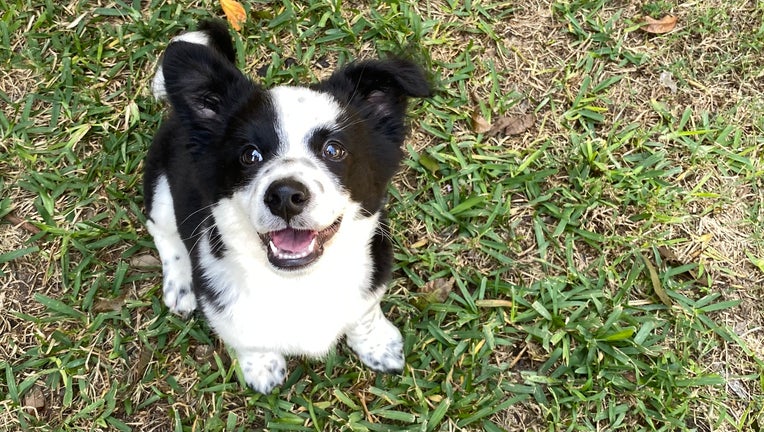New Texas law in effect Jan. 18 lays out rules for tethering dogs outside

A Texas law that goes into effect on January 18 lays out rules for dog owners who keep their pets tethered outside.
The law defines what type of shelter a dog must have access to if left tethered alone outside, and it prohibits the use of certain kinds of restraints — including chains.
RELATED: New state law defines what’s legal, what’s not when it comes to tethering dogs
Violating the new law can result in a Class C misdemeanor, or a Class B misdemeanor if the person has been previously convicted of a violation.
Prior to the new law, dog owners had 24 hours to make changes if an officer was concerned about a tethered animal’s safety, but the new law eliminates that warning period.
"This key element will now give us the discretion to assess critical situations and take swift action if necessary," said Adam Reynolds, Chief Animal Cruelty Investigator with the Houston SPCA. "Lifting this waiting period will no doubt help us save countless more lives."
The new law does provide exceptions, such as when camping or at recreational areas, or when a temporary restraint is being used. The law does not prohibit someone from walking a dog with a handheld leash.

Legality of restraining dogs outside
FOX 26 Reporter Randy Wallace has more on the legality of restraining dogs outdoors.
What types of restraints can and can’t be used under the new law?
If a dog is left alone outside, the dog cannot be restrained with a chain or with any restraint that has weights attached.
The restrain must be at least five times the length of the dog (from the tip of the dog’s nose to the base of the dog’s tail) or 10 feet, whichever is greater.
The dog’s collar or harness must be properly fitted, meaning that it is appropriately sized for the dog, does not choke the dog or impede the dog's normal breathing or swallowing, and does not cause pain or injury to the dog.
RELATED: 24 new Texas laws that took effect on January 1, 2022
What type of shelter must be provided for the dog?
According to the law, a dog left tethered alone outside must be provided with a "sturdy structure" that:
• provides the dog protection from inclement weather including rain, hail, sleet, snow, high winds, extreme low temperatures, or extreme high temperatures
• is large enough to allow the dog to stand up, sit, turn around and lie down in a normal position while inside
The dog must also have access to an area that allows it to avoid standing water and exposure to excessive animal waste.
The dog should also have access to shade from direct sunlight.
The dog must be provided with potable drinking water.

